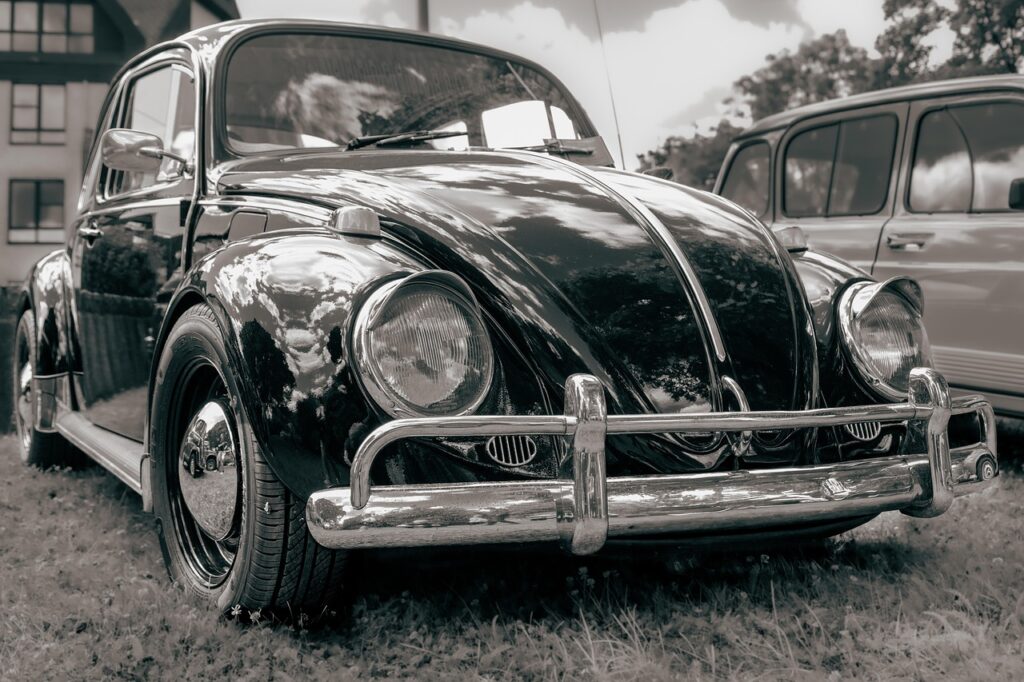Paint protection film (PPF) is a clear, durable layer applied to a vehicle’s exterior designed to shield the paint from damage. It protects against common hazards like stone chips, scratches, bug splatters, and environmental contaminants, helping to maintain the car’s original appearance over time. This film acts as a transparent barrier, preserving a vehicle’s paint quality without altering its look.
Many leading brands offer advanced PPF solutions with added features like self-healing properties and UV resistance. These films are often used on high-impact areas such as front bumpers, hoods, and side mirrors, where damage is most likely to occur. Installation can be done professionally or by skilled enthusiasts to ensure proper fit and protection.
For those looking to extend their car’s longevity and appearance, understanding the options in paint protection film and their benefits is essential. Knowing how PPF works and what to expect can help vehicle owners make informed choices about safeguarding their investment.
Benefits of Paint Protection Film for Cars
Paint protection film for cars offers reliable defense for a vehicle’s exterior by addressing common damage issues and helping maintain the car’s value over time. It provides targeted protection against physical harm and environmental factors while supporting long-term aesthetics.
Prevention of Scratches and Chips
Paint protection film is designed to absorb and disperse the impact from small rocks, gravel, and other road debris. This limits direct contact and damage to the paint surface. The urethane composition has a degree of elasticity that allows it to flex rather than crack when hit.
Many high-quality films feature self-healing properties, enabling minor scratches to disappear with heat exposure or sunlight. This means superficial marks caused by everyday use often vanish without intervention, preserving a smooth finish.
By preventing paint chips and scratches, PPF helps avoid costly touch-ups and repainting. The film acts as a sacrificial layer, reducing wear and tear from harsh road conditions.
Protection from Environmental Damage
PPF protects car paint from harmful ultraviolet (UV) rays, which can cause fading and oxidation over time. This protection helps retain the original color and gloss longer than untreated surfaces.
The film also shields against chemical contaminants such as bird droppings, tree sap, and road salts that can degrade paint. Because the film is resistant to staining, it is easier to clean and maintain.
Its barrier function minimizes damage from acid rain and general pollution, important factors for vehicles in urban or industrial areas. The protective layer reduces the need for frequent, aggressive washes that can further wear paint.
Preserving Vehicle Resale Value
By maintaining the vehicle’s exterior in near-original condition, paint protection film supports higher resale value. Potential buyers often look for well-preserved paint, which suggests careful maintenance and less costly future repairs.
PPF can keep key areas—like the front bumper, hood, mirrors, and door edges—free of visible damage. This consistent protection across these high-impact zones contributes to a more attractive and marketable vehicle.
The investment in paint protection can offset depreciation related to cosmetic damage. Dealers and private buyers recognize the value of a car with intact, clean paintwork, which can translate into quicker sales and better price negotiations.
Choosing and Maintaining Paint Protection Film
Selecting the right paint protection film (PPF) depends on material type, durability, and intended use. Proper installation and ongoing care directly affect how well the film performs and how long it lasts on a vehicle’s surface.
Types of Paint Protection Film
PPF typically comes in three main types: clear, colored, and matte finishes. Clear films are the most popular, offering transparent protection without altering the car’s appearance. They usually feature self-healing properties to reduce minor scratches.
Colored films add a layer of customization but are less common and may be more expensive. Matte films provide a non-glossy finish while still protecting the paint, favored in niche markets.
The best choice depends on the vehicle owner’s priorities: aesthetic preservation, style, or surface texture. Quality varies widely, so films with UV resistance and strong adhesive qualities are generally preferred to prevent yellowing or peeling over time.
Professional vs. DIY Installation
Professional installation is recommended for most vehicles due to the precision required during application. Experienced installers use specialized tools and controlled environments to avoid bubbles, wrinkles, and misalignment. They also handle complex areas like curves and edges more effectively.
DIY kits are available and more affordable but often involve trial and error. These kits suit smaller, flat surfaces rather than full-body coverage. Mistakes during application can reduce the film’s protective abilities and durability.
In summary:
| Aspect | Professional Installation | DIY Installation |
| Cost | Higher | Lower |
| Application | Accurate, clean | Risk of errors |
| Durability | Maximized | Often compromised |
| Time Required | Faster | Longer due to learning curve |
Caring for Your Paint Protection Film
Maintaining PPF requires gentle washing with pH-neutral soaps and avoiding abrasive brushes or harsh chemicals. Regular rinsing removes contaminants like dirt and road salts that can degrade the film.
It is important to avoid automated car washes with stiff brushes. Instead, hand washing with microfiber cloths or sponges helps preserve clarity and adhesion.
Avoid waxing or polishing the film with abrasive products. Some films have hydrophobic coatings that repel water and facilitate easier cleaning, but these coatings need periodic renewal using recommended products.
Routine inspection for chips or lifting edges prevents damage from spreading and keeps the protection intact.




